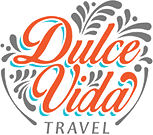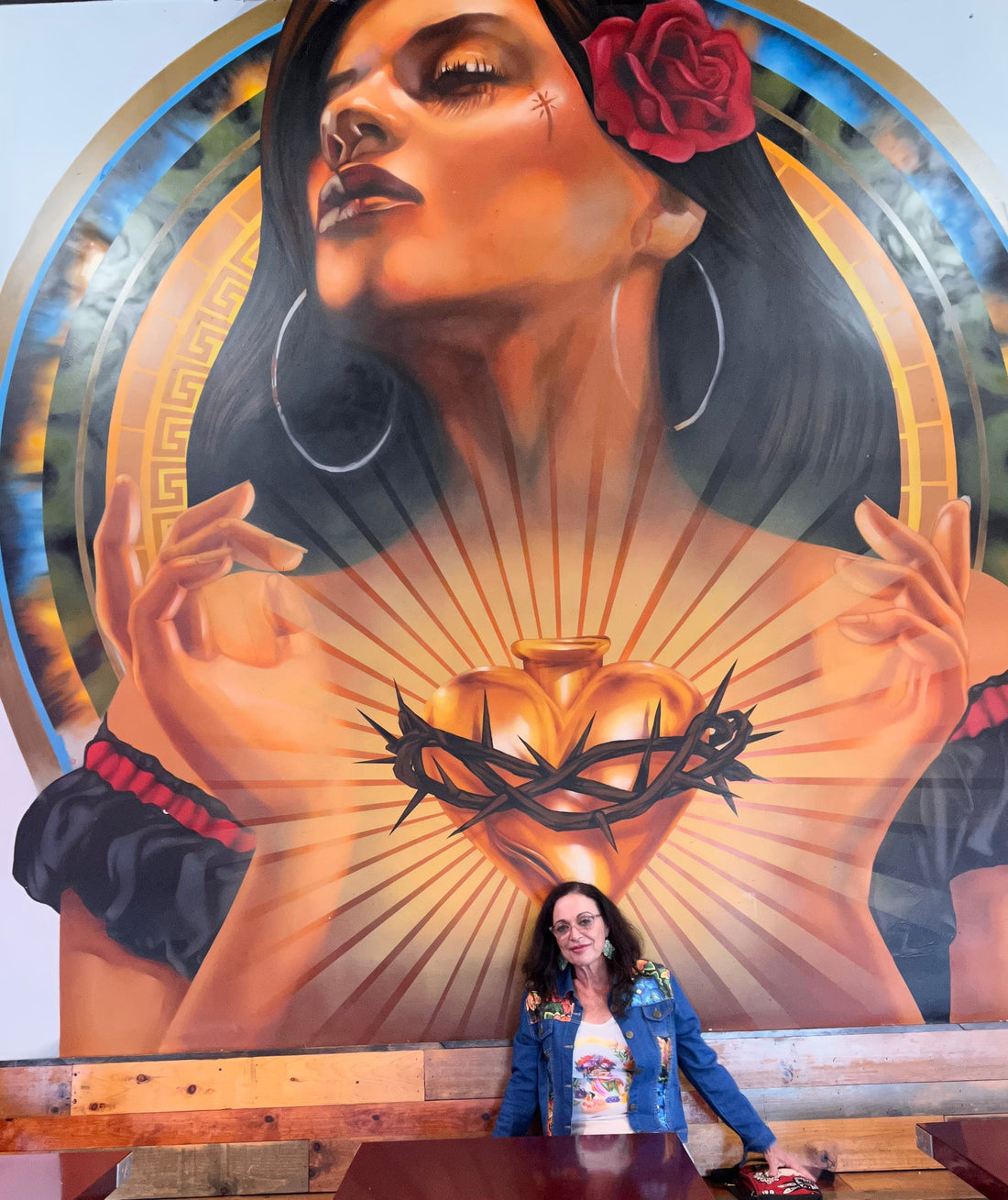California isn’t just a place on the map — for many Latinos, it’s a mirror of memory, heritage, and hope. It’s where the stories of migration, resistance, and joy are etched into murals, baked into tamales, and danced out in plazas beneath the open sky. Every mile traveled through the Golden State reveals more than landmarks. It uncovers layers of culture, connection, and belonging.
To travel through California as a Latino is to walk with your ancestors. It’s to celebrate family while affirming your place in a world that sometimes forgets how deeply rooted we are. Whether visiting San Jose’s thriving Mexican-American arts scene, tracing Chicano history in Riverside, or savoring pupusas in San Francisco’s Mission District, every stop is part of a larger narrative — one that says: *We are here. We have always been here.
This is more than a travel guide. This is an invitation to journey through California con orgullo — with pride, presence, and power.
SAN JOSE: High-Tech City, Deep Cultural Soul
San Jose might be known for Silicon Valley, but for Latino travelers, it offers something more personal: visibility. Identity. Cultura viva. In East San Jose and throughout the city, Mexican-American and Chicano communities have built vibrant spaces where tradition and innovation live side by side.
The Mexican Heritage Plaza stands as a proud cultural anchor, where families gather for Día de los Muertos, children learn folklórico steps, and murals capture ancestral strength. It’s a place where the future of Chicano identity is being shaped through storytelling, music, and art. Lowriders proudly cruise downtown on the weekends.
Downtown, the city’s SoFA (South of First Area) District reflects the creative energy of San Jose’s Latino population. Street art weaves together stories of labor and liberation. MACLA Art Gallery and coffee shops and community centers host bilingual poetry readings and open mics. Nearby, the National César E. Chávez Memorial Walkway offers a thoughtful path of reflection for visitors to understand the legacy of one of our most iconic leaders in the fight for dignity. Visit César Chávez Park, and massive Quetzalcoatl statue.
SAN FRANCISCO: History Painted in the Streets
In San Francisco’s Mission District, every wall tells a story. The heart of Latino San Francisco, the Mission is both an artistic epicenter and a place of powerful cultural memory. Chicano and Central American voices have long used murals as a way to preserve identity, educate the public, and challenge injustice — and there’s no better place to witness that than Balmy Alley.
Murals here stretch across entire buildings, telling stories of migration, displacement, family, resistance, and resilience. These works are not just beautiful — they are living archives. Some murals honor Indigenous heritage. Others speak to civil rights movements, environmental justice, or LGBTQ+ pride within the Latino community.
Cultural institutions like Galería de la Raza & Mission Cultural Center have served for decades as vital spaces for Chicano/Latinx artists to exhibit and share their work. Whether you're catching a poetry reading, browsing political prints, or joining a community altar build, the Mission invites you to engage fully and meaningfully with its stories.
Food, of course, is part of that story too. You can find Salvadoran pupusas sizzling on a flat-top grill, Guatemalan tamales steamed in banana leaves, or Oaxacan moles rich with memory. At every turn, someone is preserving culinary heritage while reinventing it with California flair.
What makes the Mission so powerful is that it represents cultural survival — and triumph. It reminds us that the Latino experience is not monolithic. It is layered, intersectional, and vibrantly alive. Visit in May to enjoy Carnaval celebrations!
LOS ANGELES: Epicenter of Chicano Power
Los Angeles is a sprawling constellation of barrios, boulevards, and backyards — each one echoing with the sounds of Spanglish, the smell of street tacos, and the soul of Chicano pride. To travel here as a Latino is to step into a place where our stories have not only survived, but defined the city's pulse.
At Olvera Street, considered the birthplace of Los Angeles, Latino culture is on proud display. Cobblestone streets host stalls selling embroidered dresses, handmade leather, and Mexican sweets. Mariachi bands serenade passersby, and tourists join locals for fresh tamales under papel picado banners.
But to understand Latino L.A., you have to go deeper — to Boyle Heights. This historic neighborhood has been a crucible for activism, creativity, and resistance. It's where multigenerational families still gather on porches, where murals document social struggle, and where organizations like Self Help Graphics have empowered Chicano artists for decades.
From lowrider shows to Zoot Suit retrospectives, L.A. is also a place where cultural pride takes center stage. Its Latino community is complex — made up of Mexican-Americans, Central Americans, Afro-Latinos, Indigenous migrants, and more — and its diversity is its superpower. L.A. isn’t just Latino-friendly. It’s Latino-led.
RIVERSIDE: Where Chicano Culture Finds Its Voice
Riverside may surprise some travelers with the depth of its Chicano cultural offerings. Nestled in the Inland Empire, this city is home to one of the most significant Chicano art collections in the country: The Cheech formally known as The Cheech Marin Center for Chicano Art & Culture.
Founded in partnership with the Riverside Art Museum and legendary comedian and art collector Cheech Marin, The Cheech is a celebration of Chicano identity. It honors both the past and the present — with exhibits that range from surrealist explorations of border identity to bold portrayals of everyday life in East L.A.
Beyond the museum, Riverside’s Día de los Muertos festival draws thousands of community members each year. With vibrant altars, Aztec dance performances, and processions that blend Catholic and Indigenous traditions, the celebration is both spiritual and communal. It’s a moment when art, ancestry, and activism converge.
Riverside also highlights how Latino cultural power is flourishing outside major cities. It proves that meaningful travel experiences — rooted in identity and heritage — are happening in unexpected places, where the community builds its own platforms to celebrate who they are.
SAN DIEGO & BARRIO LOGAN: A Mural-Painted Movement
In San Diego, Latino travelers will find an artistic and activist treasure in Barrio Logan, a neighborhood that pulses with pride. The centerpiece is Chicano Park, a National Historic Landmark where more than 80 murals transform the underpass of the Coronado Bridge into a vibrant museum of resistance.
These murals depict Aztec gods, Mexican revolutionaries, scenes from the United Farm Workers movement, and portraits of local heroes. This park was born from protest — when the community took a stand against the construction of a highway that would have displaced them. They won, and in doing so, they created something beautiful and lasting.
Barrio Logan also boasts galleries, bookstores, tattoo studios, and cafés run by Chicanx artists and entrepreneurs. It’s a neighborhood where ancestral memory and contemporary vision meet. San Diego’s broader Latino population — deeply influenced by the region’s proximity to the border — brings a dynamic blend of binational identity, especially among Chicano, Tijuanaense, and Baja-rooted communities. Check out Chicano Park Day Festival in April.
CENTRAL VALLEY: Tierra de Trabajo y Orgullo
The Central Valley is the heart of agricultural California — and the beating heart of Latino labor history. From Bakersfield to Merced, this vast expanse is where many Latino families planted their roots, both literally and figuratively.
Delano is a pilgrimage site for those who honor labor justice. It was here that César Chávez and Dolores Huerta launched the farmworker movement. Visiting the Forty Acres, now a National Historic Landmark, is a powerful reminder of the sacrifices made by working-class Latinos in pursuit of dignity and rights.
Beyond activism, the Valley holds deep cultural richness. Small towns host Mexican Independence Day parades, jaripeo rodeos, and quinceañera expos. Panaderías sell pan dulce alongside raspados on hot afternoons, and churches ring with Spanish-language hymns on Sunday mornings.
SANTA BARBARA & SAN LUIS OBISPO: Mission Memories and Modern Culture
Along California’s Central Coast, cities like Santa Barbara and San Luis Obispo tell the complicated story of Spanish colonization, Indigenous resistance, and Mexican legacy. The missions that dot the region are reminders of a past that is both painful and formative.
In Santa Barbara, the Presidio District and Casa de la Guerra offer glimpses into California’s Mexican era. Though these sites have historically centered colonial narratives, new efforts are bringing Indigenous and mestizo stories to the forefront. Local events, like the Old Spanish Days Fiesta, blend folklórico, mariachi, and historical reenactments in ways that invite cultural reflection and celebration.
In San Luis Obispo, Latino artists and vendors are reclaiming space in public markets and arts festivals, sharing everything from handcrafted jewelry to spoken word pieces about immigration and belonging. These coastal towns may feel quiet, but they hum with cultural pride — you just have to know where to listen.
WHY WE TRAVEL: For Memory, for Joy, for the Future
For Latino travelers, moving through California is not a retreat from the world — it’s an embrace of everything we are. Our travel is sacred. It’s a reunion with memory, a dance with identity, and a celebration of joy despite struggle.
We travel to see ourselves reflected in art and architecture. We travel to stand on soil where our parents marched, to taste the dishes our grandmothers made, and to remind our children that this land — this beautiful, complex, diverse land — belongs to them too.
From the Bay Area to the Borderlands, from tech corridors to farmlands, California holds space for Latino travelers to feel seen, affirmed, and inspired.
We Don’t Just Visit — We Return
So bring your abuela. Pack your huaraches. Fill your playlist with Vicente, Selena, and Bad Bunny. Let your laughter echo in alleyways filled with murals. Let your feet move to the rhythm of the communities that raised you. Let your journey remind you that joy, culture, and connection are your birthright.
Because this isn’t just a trip — it’s a return.

